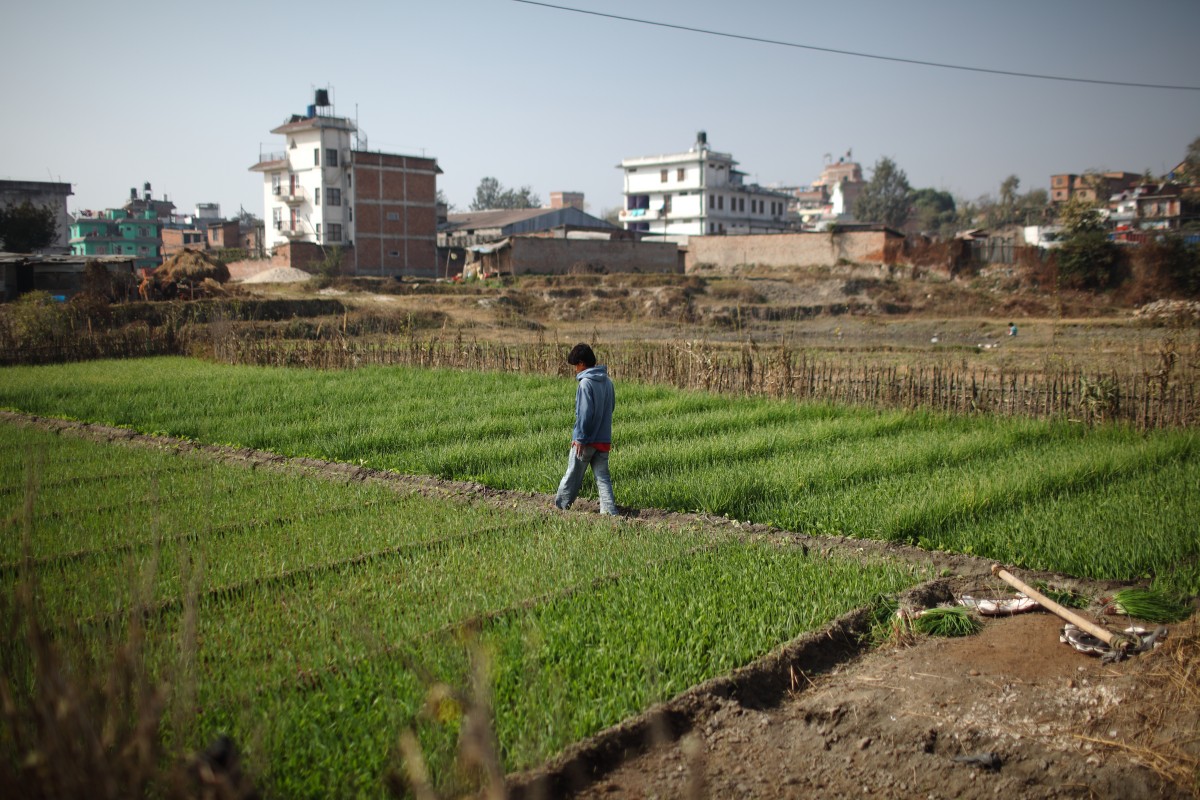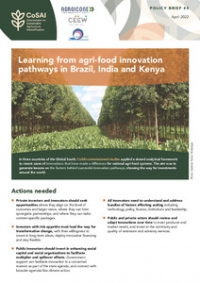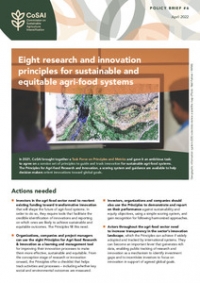
Ecomodernism and the future of rural spaces
Is the world approaching “peak farmland?” Could the abandonment of fields to nature seen in recent decades in parts of North America and Europe soon spread to the developing world? Might the regreening of New England soon be a model for Brazil or Indonesia?
This proposition, long deemed an impossible dream, is now being seriously entertained by environmental optimists: the self-styled “ecomodernists.” The question “Is peak farmland in sight?” occupied a conference in San Francisco last month, organised by the doyens of ecomodernism at the Breakthrough Institute. Their idea is that, in the new era of the Anthropocene, intensification and industrialization of agriculture could “spare” nature elsewhere.
For some, this manifesto for ecomodernism through intensification is an optimistic fantasy that defies Malthusian notions about the state of the world. For others, including some at the Breakthrough meeting, it seemed outmoded: its desire to protect pristine nature looked like a negation of the very ecomodernist notion of the Anthropocene, a world that humans and nature are destined to share.
The resulting discussions underlined that there is no single path forward in the moulding of rural landscapes of the 21st century.
Breakthrough’s director of conservation, Linus Blomqvist, put the ecomodernist case simply. Thanks to the spread of green revolution crops, which he calls “a phenomenal success for humanity,” the intensification of agriculture has partially decoupled farm output from farmland area.
Back in the 1960s, we utilized 1.5 hectares to feed each person on the planet; now, we only use around half that. “Global farmland area has barely grown since the early 1990s, a period during which global population rose a fifth and GDP per capita has doubled,” he said.
The evidence is growing that intensification can end the destruction of natural ecosystems. Brazil has reduced its rate of forest loss in the Amazon by some 80 per cent in the past decade, largely in this manner.
Yes, Blomqvist said, this intensification has required more inputs – of water, synthetic chemicals and especially energy. But the trick for a sustainable future was not to row back from this, but to embrace it, by making the production of these inputs greener.
The case is a classic rendition of the argument for “sparing” land for nature. It may be uncomfortable for many WLE readers, schooled in the language of managing landscapes for nature as well as human production – for “sharing” rather than “sparing.” But perhaps the trick to ensure sustainable landscapes will be to harness the optimism, and some of the techniques, or the ecomodernists, without sacrificing the sharing philosophy.
Others at the meeting argued that the era of grabbing land for farming was, in reality, far from over. Ken Cassman, an agronomist at the University of Nebraska, quoting a paper published two years ago, said that “since 2002 cropland has expanded faster than at any time in history,” at a rate of more than 9 million hectares a year for staple crops like grains and oils.
This sounds at odds with Blomqvist. But what has actually happened is that cropland has largely invaded extensive pastures rather than virgin land. For instance, Brazilian agricultural production has been gobbling up the cerrado grasslands that fringe the Amazon rainforest.
But Cassman nonetheless argued that just as the world needs CO2 emissions targets to head off ecological disasters, so “we need an international goal for peak farmland.” That would require doubling farm yields by 2050 – a faster rate of increase faster than has occurred thus far, “while reducing environmental impacts.”
A flawed conception of the rural?
In a session on “the new countryside,” environmental historian and Amazon specialist Susanna Hecht claimed that all this is a far too static and old-fashioned view of the countryside. Post-modern rural societies are not tied to maximising crop yields. Rural areas the world over are far more complex than simple crop-producing landscapes. They are diversifying along with the livelihoods of their citizens.
This is a world where someone in a household may be farming, but others are working for governments, in factories, or driving trucks; some might be working as maids in foreign cities, acting as park rangers, or selling trinkets to tourists.
This diversification of labor maximizes social and economic resilience, but also improves ecological resilience. In the new countryside, deforestation is often replaced by reforestation. And, in a world of globalised trading in commodities, such rewilding can occur without radical intensification of local agricultural production.
In Central America, the session heard, some regions are already undergoing widespread reforestation, reversing decades of deforestation. After bottoming out in the 1980s with only a quarter of its land still forested, Costa Rica’s tree cover is now back up to 50 per cent, as conservation policies tied to ecotourism take hold. In El Salvador, remittances sent home by family members working abroad are both a major source of income and a prime reason for the regreening of rural areas, despite high population densities, said Hecht.
And those who think this is a “second best” form of conservation should remember that much what we regard as virgin forests are anything but. “I work on the Upper Amazon,” said Hecht, “where what we regard as pristine forests have been heavily used and inhabited in the past… It is a working landscape; not a model of purity.”
Forests are protected by communities as economic resources—often far more effectively than if they were behind the fences of conservation projects. Humans have been managing rural landscapes for centuries in ways do not necessarily match the Anthropocene visions of the ecomodernist movement.
Looked at in this light, the ecomodernist model of “sparing” pristine nature by intensifying production on existing farmland is not necessarily an accurate reflection of what happens in real rural landscapes. Indeed, it looks like a throwback to old-fashioned romantic ideas about the nature-human divide—and is at serious odds with the ecomodernists’ proclaimed embrace of the Anthropocene.














